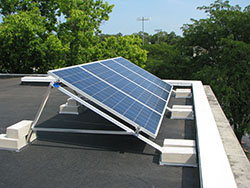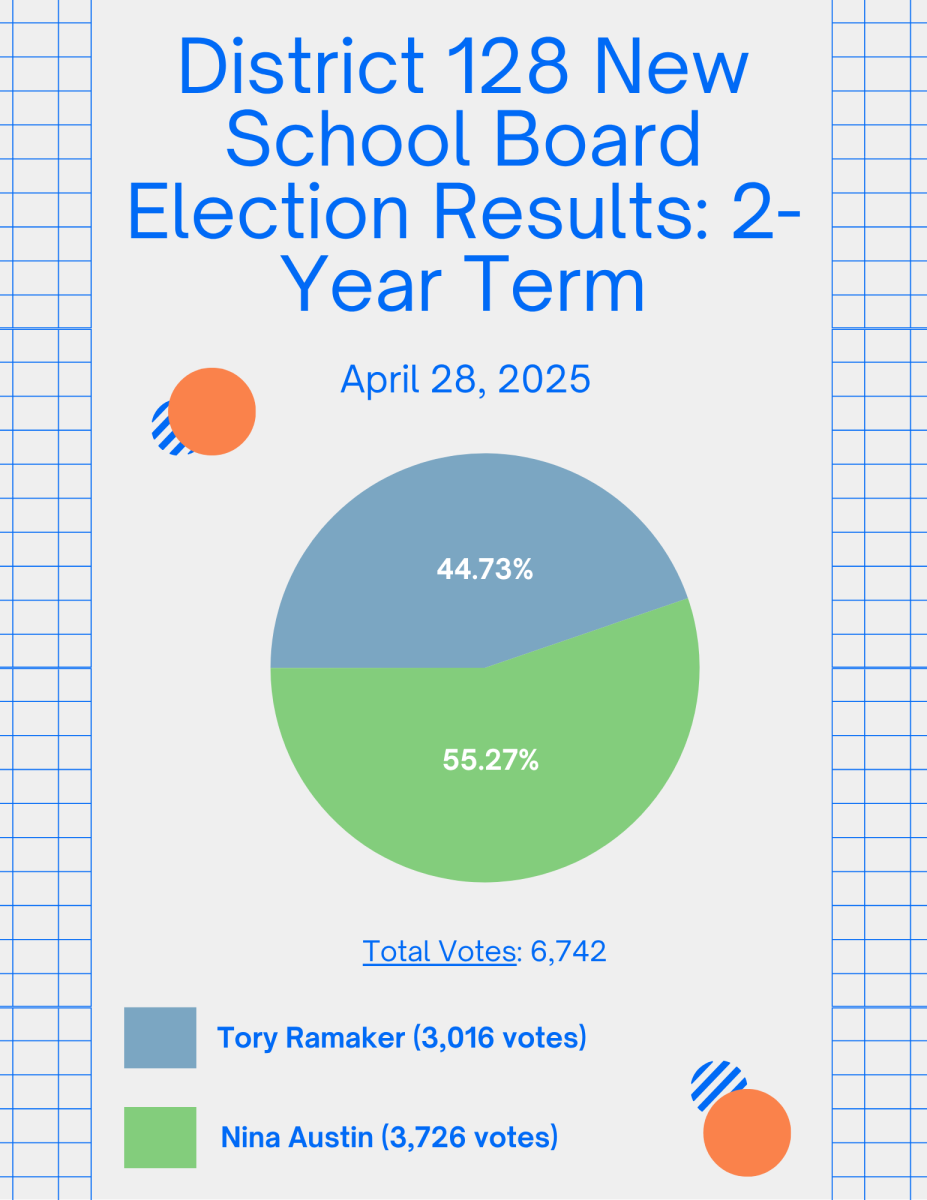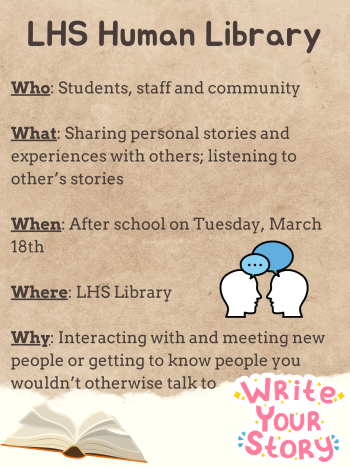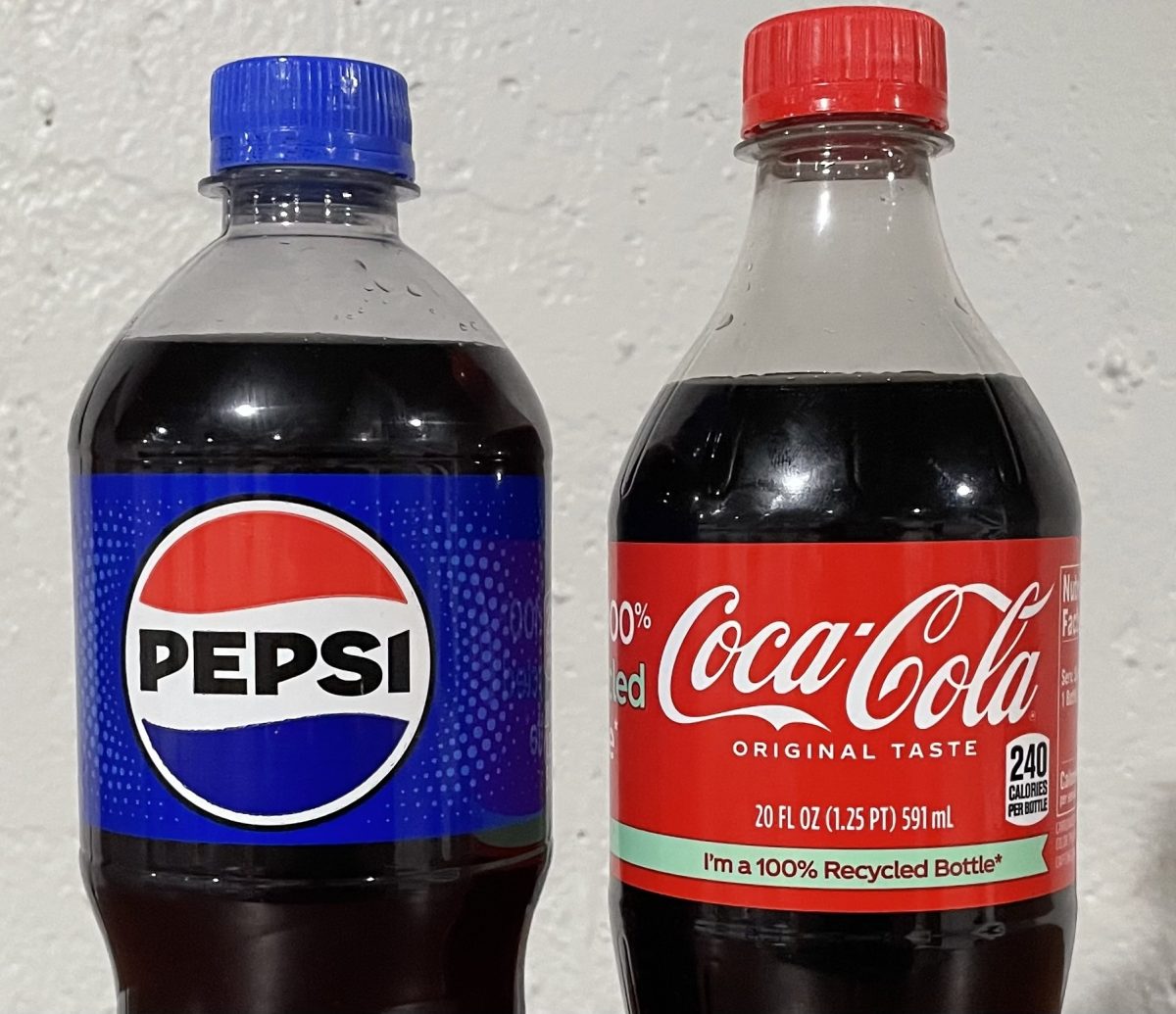
This September, four solar panels were added to LHS above the auditorium entrance on the roof as a result of a grant that VHHS received as well.
According to Ms. Diane Phillips, Director of Community Education, Grant Management, and Rentals for District 128, the grant, sponsored by the Illinois Clean Energy Community Foundation, gives Libertyville $8,895 for the solar panels and the installation.
The panel project is expected to be completed in the next few weeks. According to Ms. Phillips, “The electrical wiring is in place. The only thing that we need to do is to connect
the arrays to the electrical wiring and set up the monitoring software.”
As the solar panels are fairly minimal, being just the four, they will more be applied as an educational tool, rather than a money-saver, at this point. Ms. Phillips explained that the panels could be used to teach about solar energy. According to her, “Each of the panels will be connected to a monitoring website that can be accessed by individuals or classrooms. This website will show how much power is being generated at each hour of the day, during each season, on cloudy days and rainy days, on hot days and cold days, etc.” In the future, though, Ms. Phillips hopes to make the project financially beneficial, as well.
Ms. Phillips, however, hopes to eventually receive a grant that will ultimately supply “up to 500 solar panels on the roof of the LHS campus. If we are successful in getting the grant funding, we have the potential of saving thousands of dollars annually on our electrical costs,” she said.
Ms. Phillips has already written the proposal. As of now, the panels are more of a test run, as LHS has nothing to lose, considering it was somewhat of a spontaneous and cost-free process.
Regardless, it was stressed that LHS and District 128 have been pushing such energy-efficient opportunities. “The district has already seen the benefits of sustainable efforts including a major lighting retrofit, controls to conserve lighting usage, Delta program upgrades (which helps regulate heating, ventilation, air conditioning, and lighting) and water conservation. Currently, the district is taking part in the Illinois Department of Commerce and Economic Opportunity’s Illinois Energy Now program that will allow each school to implement cost-effective energy efficiency measures,” she said.
Not only does the district’s eco-friendly trend educate its students, but it could end up being very cost-effective. According to Ms. Phillips, “we have the potential of saving thousands of dollars annually on our electrical costs… [they will] actually be tied into an electrical meter that will reduce our electrical usage.”
Ms. Phillips expressed LHS’ interest in eco-friendly measures were represented by such organizations as LEAF (Libertyville Environmental Action Force).
LHS and District 128 are making strides to keep up with modern technology, as well as to educate its students as such, and be more productive with school resources. According to Ms. Phillips, “by teaching our students how solar energy can reduce their carbon footprint on the environment, we will continue to save our natural resources.”





![Mr. Abullh Ali, manager/assistant, helps open Queen Yemeni Coffee in downtown Libertyville at 606 North Milwaukee Ave. With the help of employees such as manager and LHS senior Yousef Taha, they are able to bring the Yemeni and Ethiopian culture to Libertyville by using their Queen spices, cinnamon and cardamom in their drinks such as Adani Chai, which is inspired by Sheda, the Queen of Yemen and Ethiopia. “The history of our coffee [is] a long history and we believe that Yemen and Ethiopia started the coffee and we are bringing something unique to the community,” Mr. Ali said.](https://www.lhsdoi.com/wp-content/uploads/2025/04/Photo-1-1200x800.jpg)



Patty Kozak • Nov 13, 2013 at 7:56 am
In keeping with D128’s goal to be environmentally friendly by reducing the amount of electricity and water used in the District (YAY!), why not consider reducing the number of plastic bottles these two buildings generate every month? Bravo to the District for installing filtered water dispensers/fountains throughout the building here at LHS – That was the first important step. Now it’s time to take the second step and remove the water bottle vending machines:
1. 2,480,000 tons of plastic bottles and jars were thrown away in one year (2008).
2. Tap water is cleaner, cheaper and healthier than store-bought water. [The recommended eight glasses of water a day, at U.S. tap rates equals about $.49 per year; that same amount of bottled water is about $1,400.]
3. 60 billion single-use drink containers were purchased in 2006, and 3 out of 4 were thrown out directly after use – not recycled.
4. Plastic bottles are among the most prevalent source of pollution found on our beaches. Google “Pacific gyre garbage patch” to see the effect of bottles and other plastic garbage on our oceans.
And while we’re in the process of removing the water vending machines, why not convert our soda vending machines, which now vend sodas in plastic bottles, to machines that vend soda in aluminum cans – which the District recycles?
Interesting note: More than 90 colleges and universities have banned or restricted the sale of bottled water on campus.